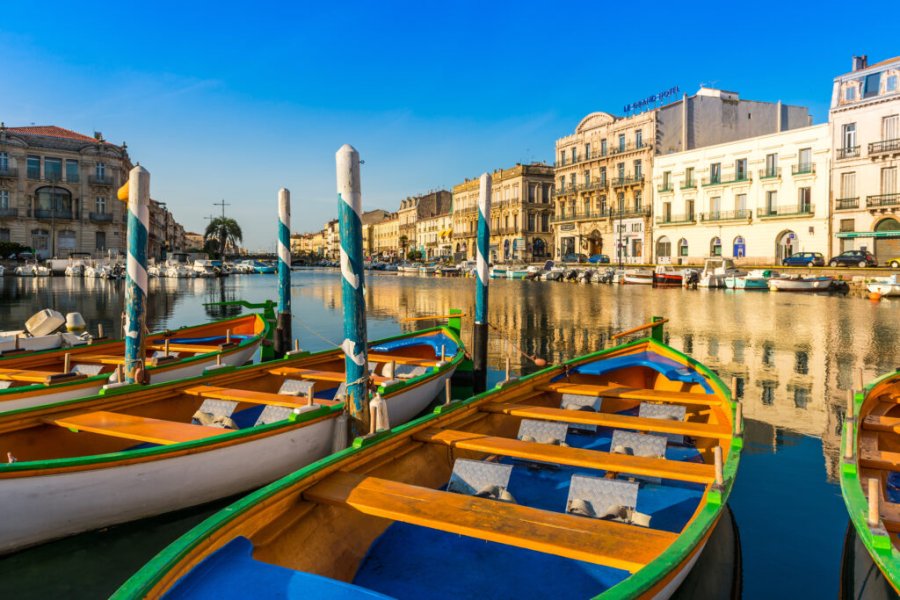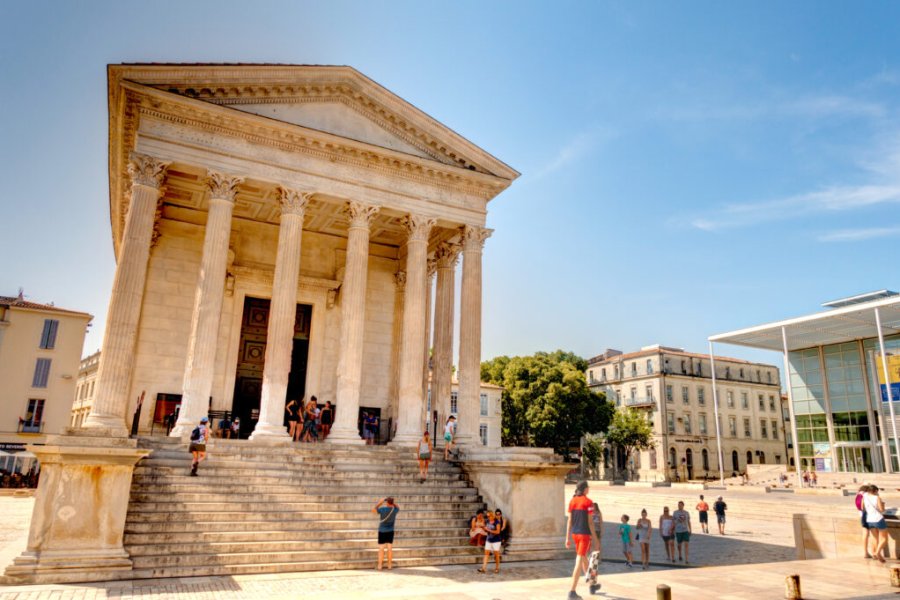Travel Guide Letnicë (Letnica)
Find an accommodation
Advertising
The village is called by the same name in Albanian and Serbian: Letnicë/Letnica or Летница/Letnica (pronounced "letnitsa"). It has about 260 inhabitants (85% Albanians, 15% Croats) and is part of the municipality of Viti/Vitina. Letnica is located 11 km southeast of Viti/Vitina.Letnica is famous for its Catholic church with a statue of the "Black Madonna" which is considered miraculous. It is also where Mother Teresa decided to enter the priesthood in 1927. The village is located at 755 m above sea level, on the border of North Macedonia and Serbia (no direct access for both countries), in the cross-border region of Skopska Crna Gora ("Black Mountain of Skopje"). Letnica was populated from the 14th century by Croats from Dubrovnik and Saxons who came to work in the mines of antimony, a rare element used for lead-based alloys. The descendants of these miners mostly fled in 1690, during the Fifth Austro-Turkish War, but Roman Catholicism and the tradition of Marian worship remained. The village still has about 30 Croatian inhabitants and about 20 Albanian Catholic families, but slightly more than half the population are Albanian refugees who arrived after the 2001 conflict in northern Macedonia. Letnica attracts pilgrims, mainly Albanians and Croats, especially on the feast of the Assumption (August 15). There are a few listed old houses and several restaurants.
Suggested addresses Letnicë (Letnica)
Weather at the moment
Advertising
Organize your trip with our partners Letnicë (Letnica)
Transportation
Book your plane tickets
Car Rental
Boat rental
Accommodation & stays
Find a hotel
Holiday rental
Find your campsite
Tailor-made trip
Immersion travel
Services / On site
Activities & visits
Find a doctor
Letnicë (Letnica) travel inspiration
Find unique Stay Offers with our Partners
Pictures and images Letnicë (Letnica)
There are currently no photos for this destination.
Other destinations nearby Letnicë (Letnica)
25 km away




